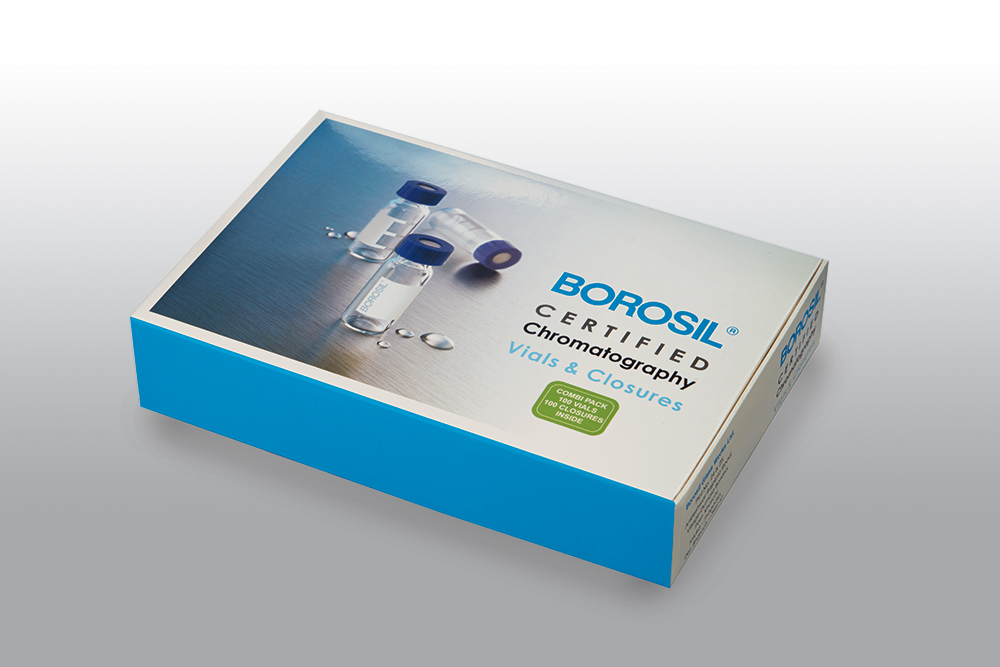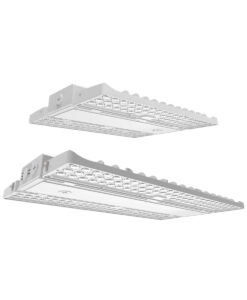Professionals working in the arena of High-Performance Liquid Chromatography (HPLC) know that the minutest of details matter. Among the various considerations, one of the most important is choosing the right HPLC vials for the autosampler machine and analytical applications. The incorrect choice of vials can prevent you from obtaining accurate results. The right vial, a prominent type of scientific glassware, provides sample integrity, enhances the overall efficiency of the analytical workflow, and minimises contamination. In this comprehensive post, you will learn how to navigate the various factors to consider when selecting HPLC vials for specific applications.
1. Vial Materials: Glass vs. Plastic
The vial material impacts the chemical compatibility, suitability and durability for various analyses. Here is a comparative study of the various vial materials:
| Material | Advantages | Disadvantages | Best Use Cases |
| Borosilicate Glass | Inert, heat-tolerant, high-chemical resistance | Expensive, fragile | High-temperature analyses, organic solvents, and general HPLC applications |
| Amber Glass | Protection of light-sensitive samples from UV degradation | Reduced visibility, expensive | Photosensitive compounds like certain drugs and vitamins |
| Treated vials | Reduces the adsorption of polar compounds | Higher cost | Analytes like proteins or peptides, which are prone to sticking |
| Polypropylene (PP) | Cost-effective, durable and compatible with many solvents | Potential leaching, limited chemical resistance | Routine analyses, high-throughput labs, aqueous samples |
It is clear from the comparative analysis that borosilicate glass vials from premium suppliers, such as Borosil Scientific, are the best choice for HPLC applications due to their inertness and superior chemical resistance.
2. Volumes and Vial Sizes
It is important to choose the correct vial size. This provides compatibility with autosamplers and optimal sample volume handling. Here is a comparison of standard vial sizes, their volume capacity and uses in various applications.
| Vial Size | Volume Capacity | Typical Use Cases |
| 1.5 ml | 1.5 ml | Standard for a majority of HPLC applications |
| 2.0 ml | 2.0 ml | Most commonly used in autosamplers |
| 4.0 ml | 4.0 ml | Extended analyses or large sample volumes |
| Micro Vials | ≤0.3 ml | High-sensitivity analyses, limited sample volumes |
| Inserts | 100-400 µl | Enhancing sample recovery in standard vials |
Inserts and microvials are most commonly used for low-volume samples. This not only minimises waste but also improves sample recovery.
3. Septa Selection: Maintaining Sample Integrity
Samples that are brought for analysis must be stored properly to prevent any damage or contamination. The septum is a very important component that helps prevent contamination and sample evaporation. It is essential to select the correct septa material, as this maintains sample integrity and ensures chemical compatibility.
Here is a Septa material compatibility comparison, along with their chemical compatibility and best use cases.
| Septa Material | Chemical Compatibility | Reusability | Best Use Cases |
| PTFE/Silicone/PTFE | Minimal contamination, enhanced chemical resistance | High | Sensitive Analyses, High-purity applications |
| PTFE/Silicone | Low extractable, broad solvent compatibility | High | General-purpose analyses, multiple injections |
| Natural Rubber | Economical, limited chemical resistance | Low | Short-term analyses, non-critical applications |
PTFE/Silicone septa are the most widely used septa materials due to their reusability and excellent chemical resistance.
4. Vial Closures: Ensuring Secure and Tight Sealing
Once the sample is placed into the vials, it is essential that the vials are properly closed with a tight seal. The type of vial closure used often impacts evaporation rates, sample integrity, and compatibility with autosamplers.
Let us take a look at the different types of vial closures, including their features, pros, and cons. This comparison helps in choosing the vial closure that is the best, offering secure and tight sealing.
| Closure Type | Features | Pros | Cons |
| Crimp Top | There is an aluminium cap that is crimped onto the vial | This offers the most secure sealing | It is not very convenient as it requires a crimping tool |
| Screw Top | There is a threaded cap which is screwed onto the vial | No special tools are require,d and this closure type is easy to use | Might not provide the tightest seal attribute |
| Snap Cap | There is a cap that snaps onto the vial | Quick application and removal | High chance for sample evaporation, less secure |
If the vials are required for routine use, there is no better alternative than screwtops for the vials. However, if the vials are used for high-end analyses requiring airtight seals, you should choose crimp-top vials.
5. Additional Points To Consider
Apart from the above-mentioned points, here are some more things that you must consider while choosing the right HPLC vials for various analytical applications.
● Vial Certification
Every vial should adhere to strict quality standards (for instance, ISO 9001:2015). They should also be manufactured under cleanroom conditions so that there is no scope of contamination whatsoever.
● Vial Colour
There are predominantly two vial colours – clear vials and amber vials.
In the clear vials, the samples can be visually inspected. However, these vials are mostly suitable for non-light-sensitive compounds. On the other hand, amber vials protect light-sensitive samples from ultraviolet rays (UV rays) and visible light degradation.
● Compatibility with Autosamplers
Make sure that the selected vials and the closures are compatible with the particular autosampler model so that they operate properly and avoid any potential issues.
Conclusion
Choosing the right HPLC vials ensures accurate results, minimal contamination, and smooth instrument compatibility. Every factor, from material and volume to septa and closure, impacts your analysis quality. For high-precision needs, borosilicate vials from Borosil Scientific offer excellent chemical resistance and reliability. Selecting well means fewer errors, better data, and more confidence in every sample run.



